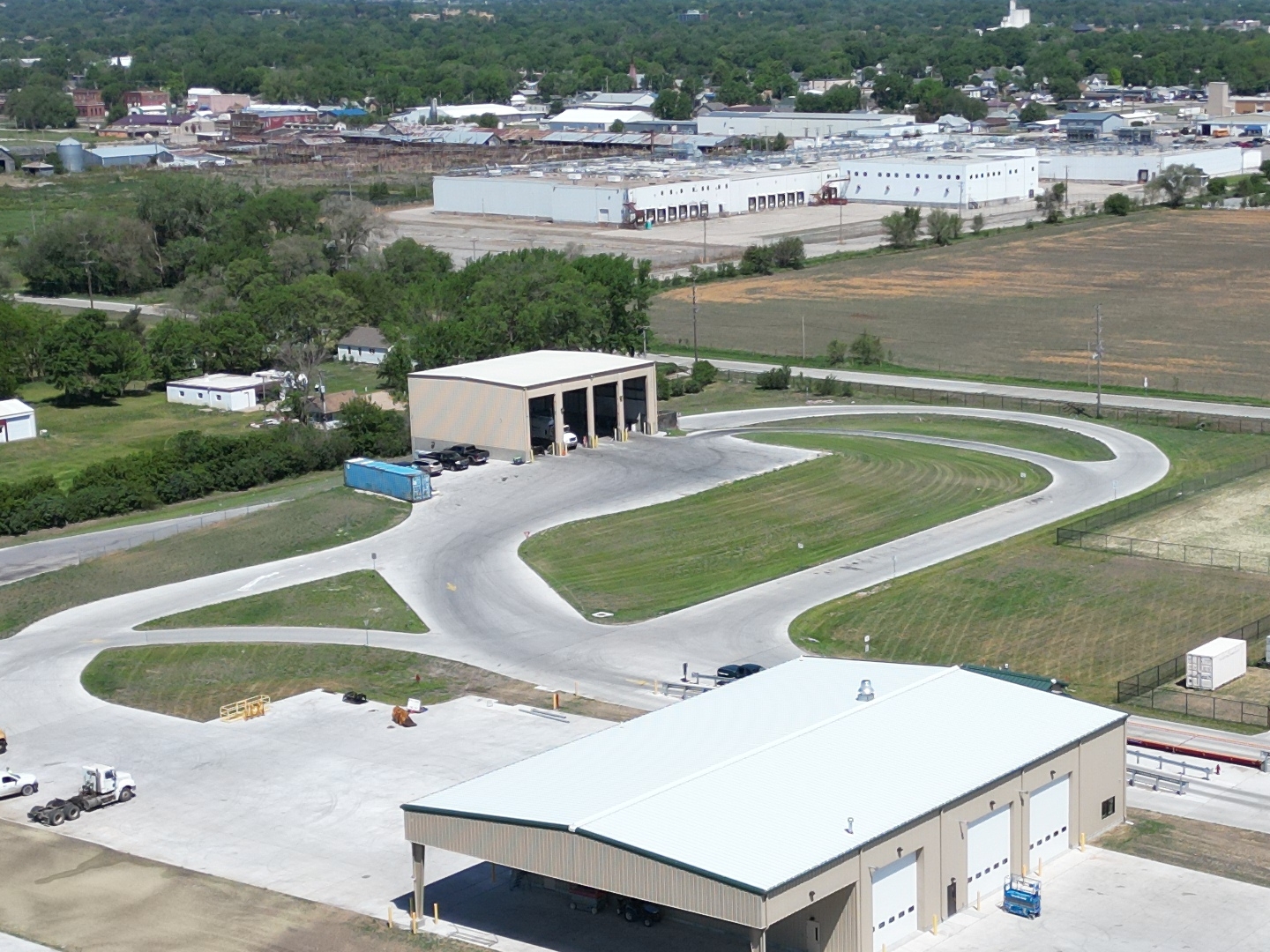Solid Waste Division

Electronic Waste
Pollution and toxic waste are problems for everybody today. With the wide variety of available technology in the 21st century, consumers, electronic designers, and environmental planners alike need to take a closer look at what happens to all of our “tech tools” at the end of their lives.
What is e-waste?
Electronic waste (or e-waste) is electronic equipment that is obsolete, or no longer working and includes:
- Televisions and monitors
- Computers
- Printers, scanners, and fax machines
- Stereo equipment
- VCRs, DVD players
- Video cameras
- Telephones
- Cell / wireless phones
- Fax and copy machines
- Video game consoles
E-waste does NOT include toasters, blenders or other small appliances, but these don’t belong in the landfills either. Look for local community businesses or organizations that will accept these for repair, or as donations. Small appliances containing significant amounts of metal are often recycle (and sometimes worth a little money). Call the Transfer Station for more information about "hard-to-recycle" items such as small appliances.
Why is e-waste bad for the environment?
- Electronic equipment contains hazardous materials such as lead, mercury and brominated flame retardants.
- Glass monitors and television screens contain about 4 lbs. of lead!
- Circuit boards contain heavy metals that leach out into the environment and affect our public health and natural resources, but when recycled, can help manufacture new electronics.
- 50 million computers and monitors and 130 million cell phones are thrown away each year in the United States. That’s a lot of equipment!
The issue is such a concern to policy makers, environmental planners and citizens that 20 States across the country have adopted, or are considering regulations that ban the disposal of electronics.
What do you do with your e-waste?
Take it back. Many companies have programs that will accept your end-of-life equipment. If you have a Dell, HP, Apple, Gateway or Toshiba system, contact their customer service line or website to find out more. Systems and parts are reused or recycled to keep the products out of the waste stream.
Donate it. Donate gently used equipment to non-profits that accept equipment for their own use or pass it on to their clients and customers. Before donating equipment consider wiping personal information from your hard drive or cell phone to ensure your privacy. Visit the Dell website for useful summaries about personal data security and more information about wiping software (some of which is available at no cost, such as "DBAN").
Recycle it. Contact a local electronics recycler. They will take your end-of-life items and dismantle them, saving valuable materials and resources, and protecting our environment from dangerous toxins. Because of the complex process of recycling e-waste, especially the lead in glass screens, please expect to pay $5-$15 to recycle monitors, computers and televisions. Other e-waste recycling is often free.